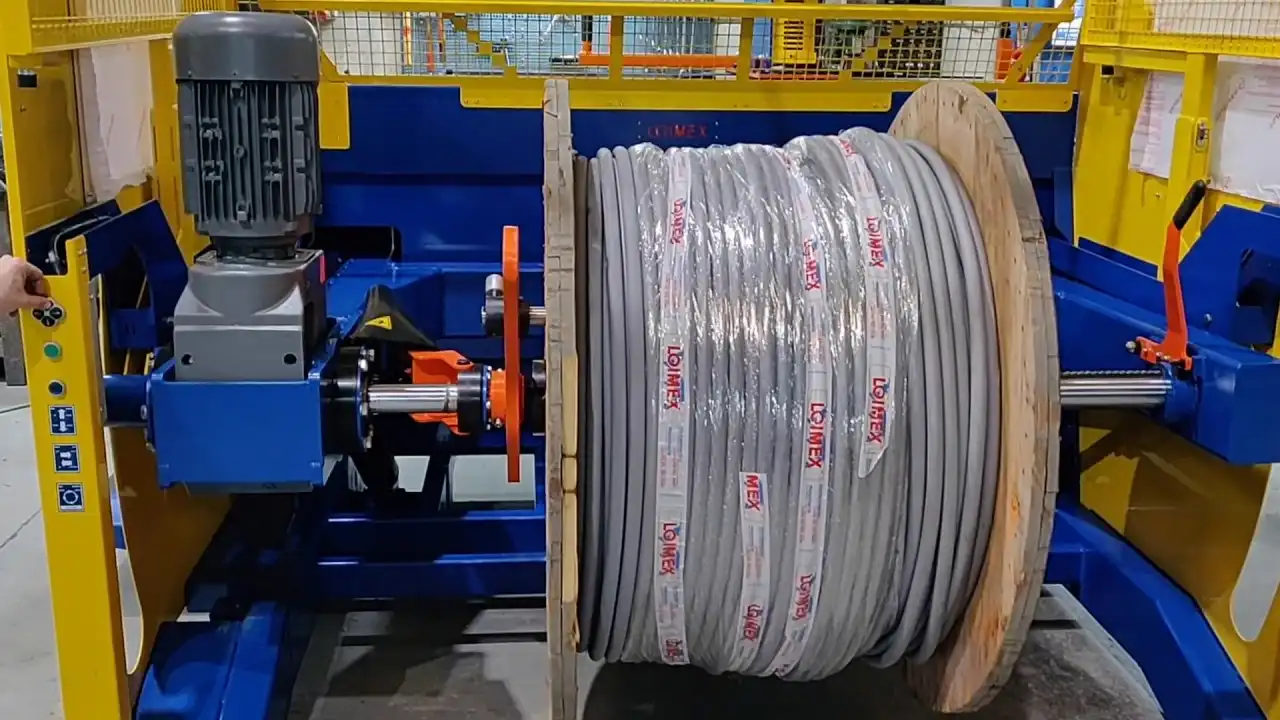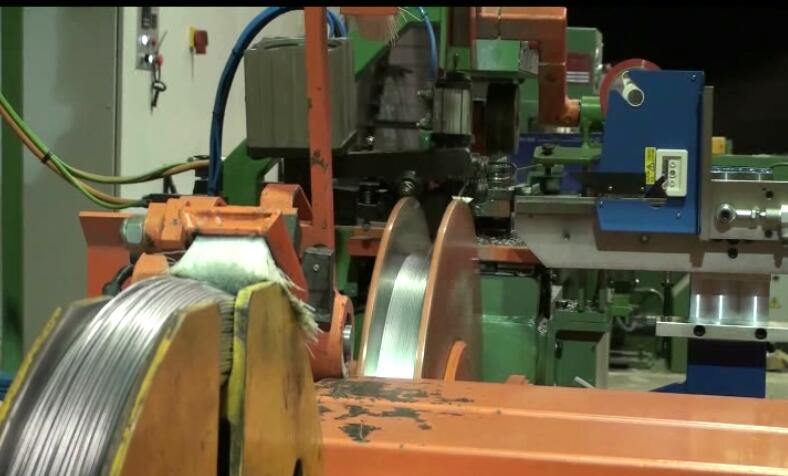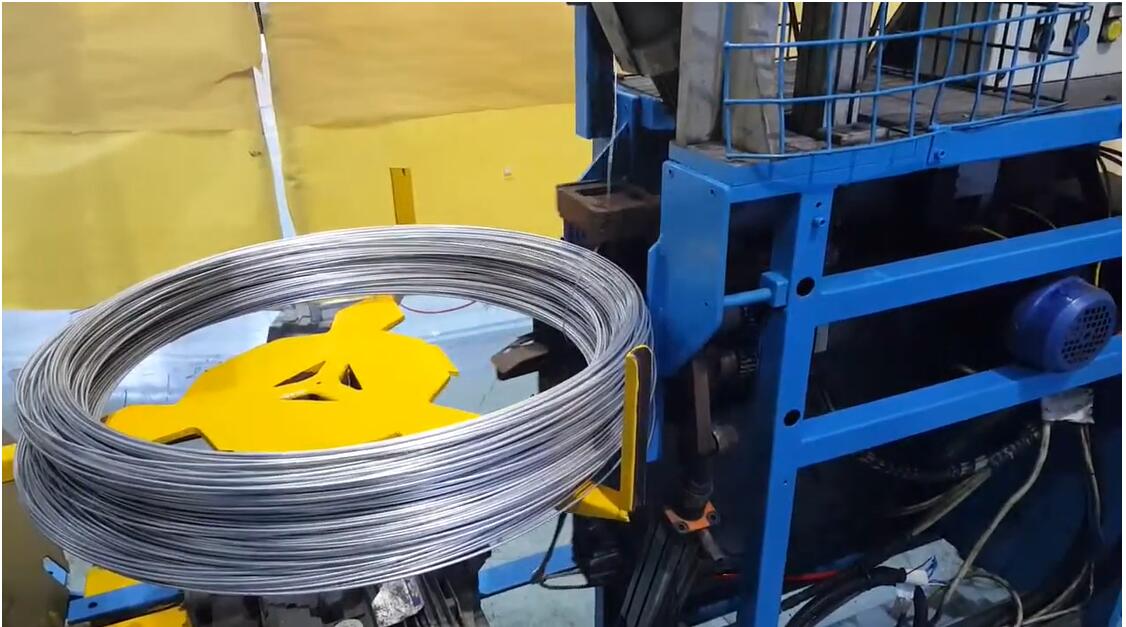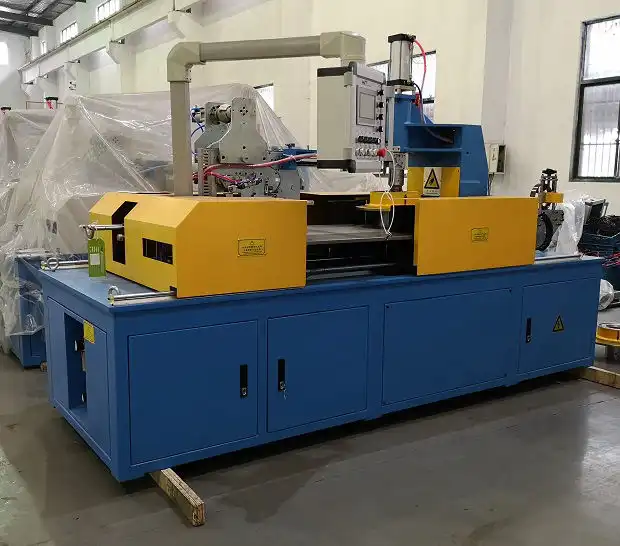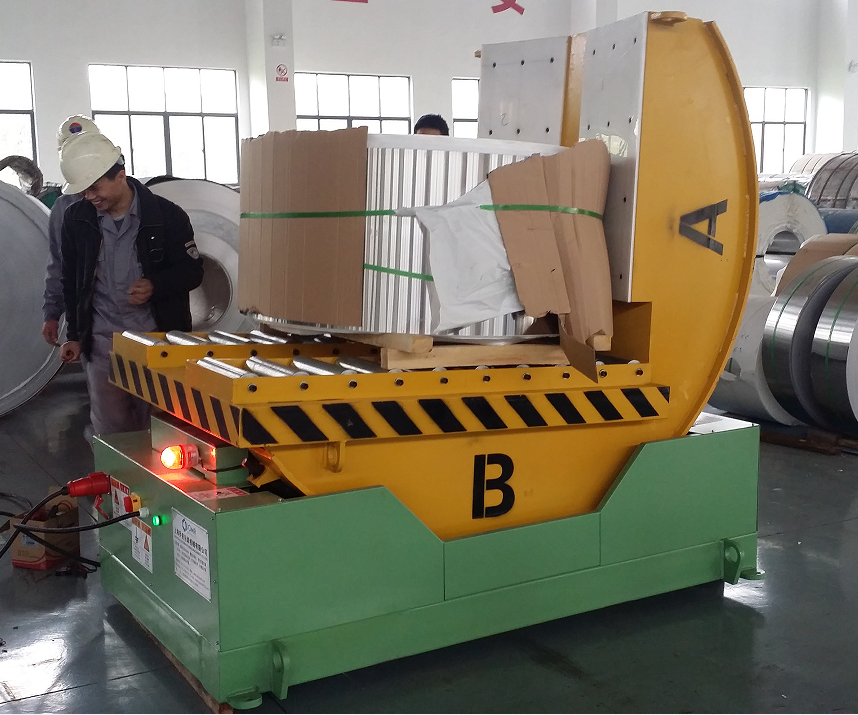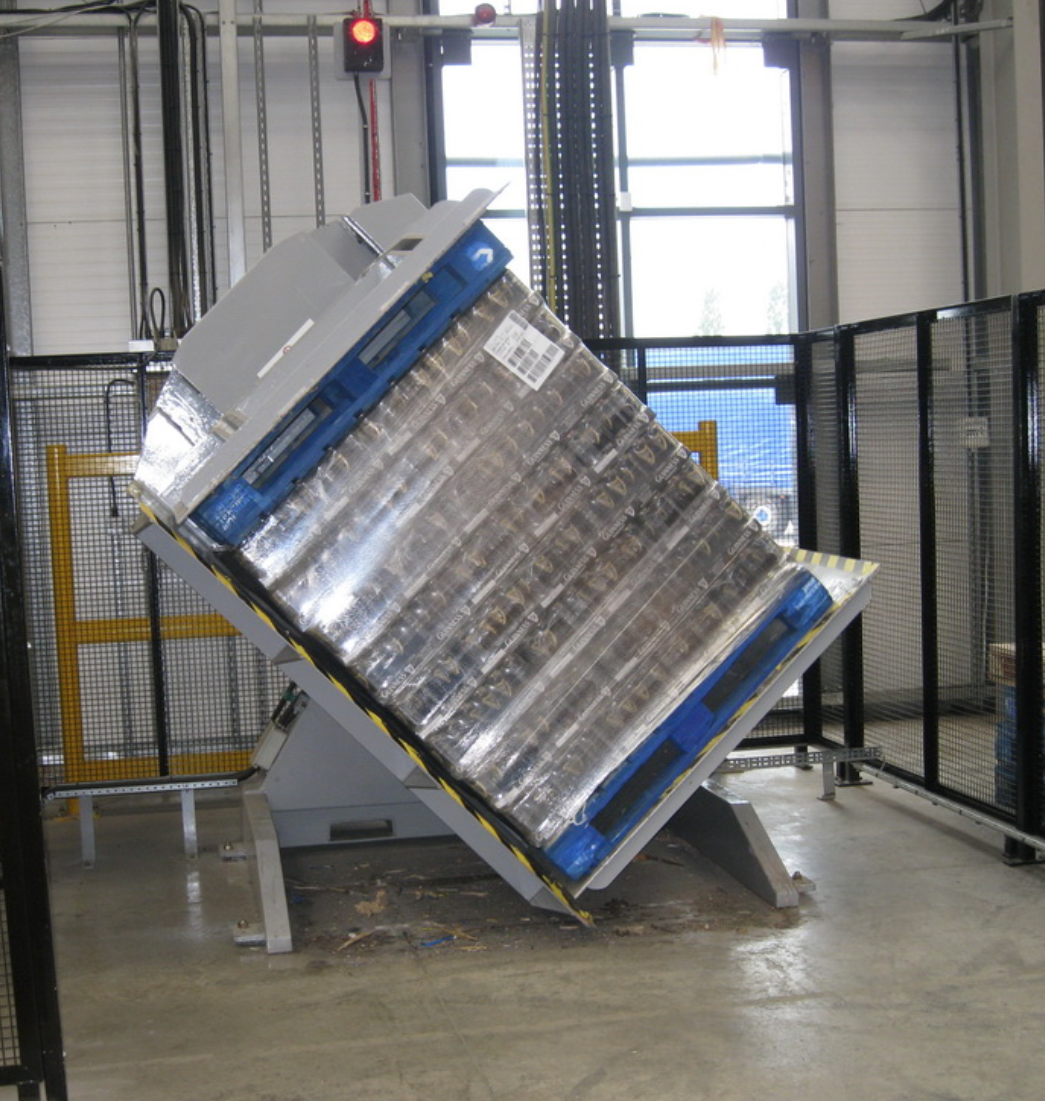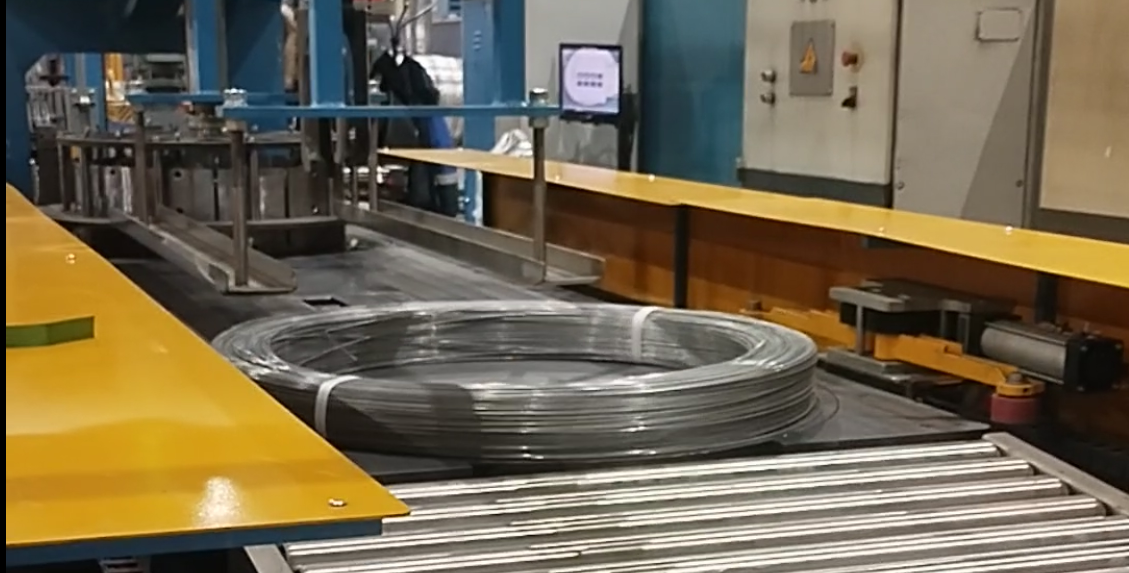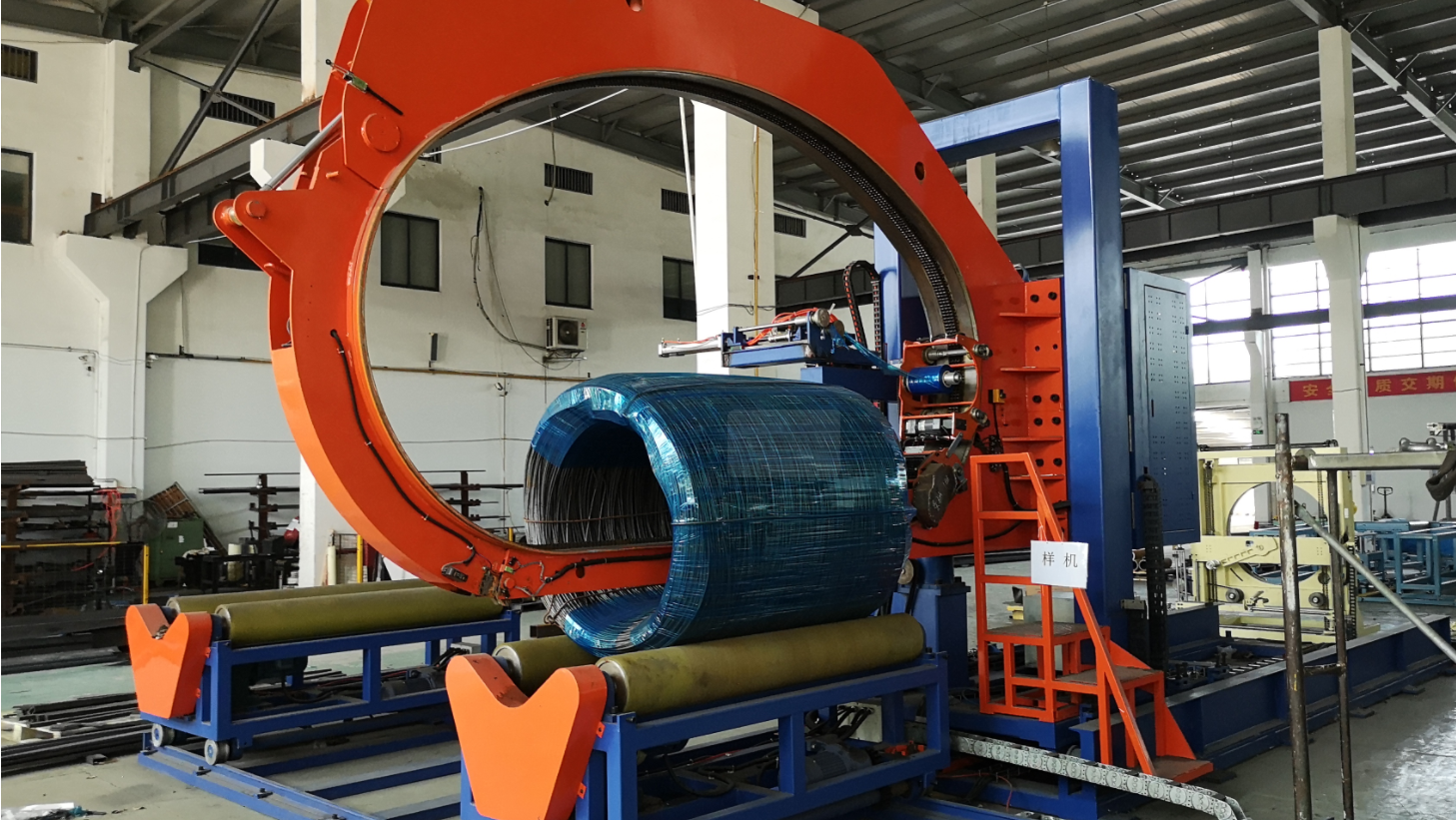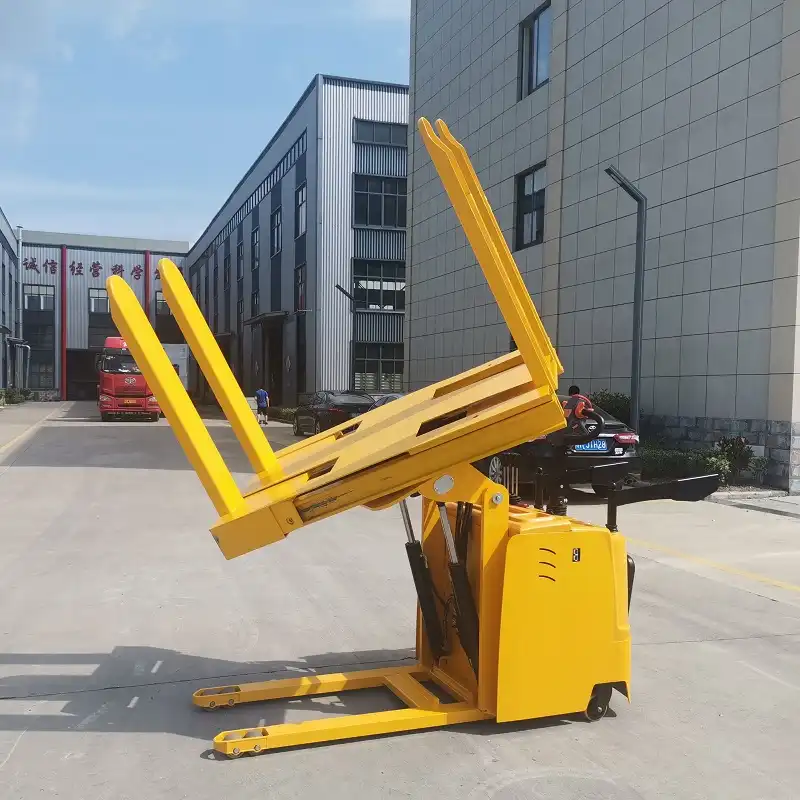Steel coil upenders are transforming the landscape of material handling, offering a much-needed solution to a common challenge: time efficiency. Picture this—an assembly line brought to a grinding halt as workers manually maneuver steel coils. These labor-intensive practices are not only outdated but also pose safety risks, calling for innovation.
Steel coil upenders significantly reduce material handling time by automating the tilt and turn process of steel coils. These machines swiftly and safely rotate coils from a horizontal to vertical position, or vice versa, increasing efficiency. Automation eliminates the need for manual repositioning, decreasing labor costs and minimizing downtime.
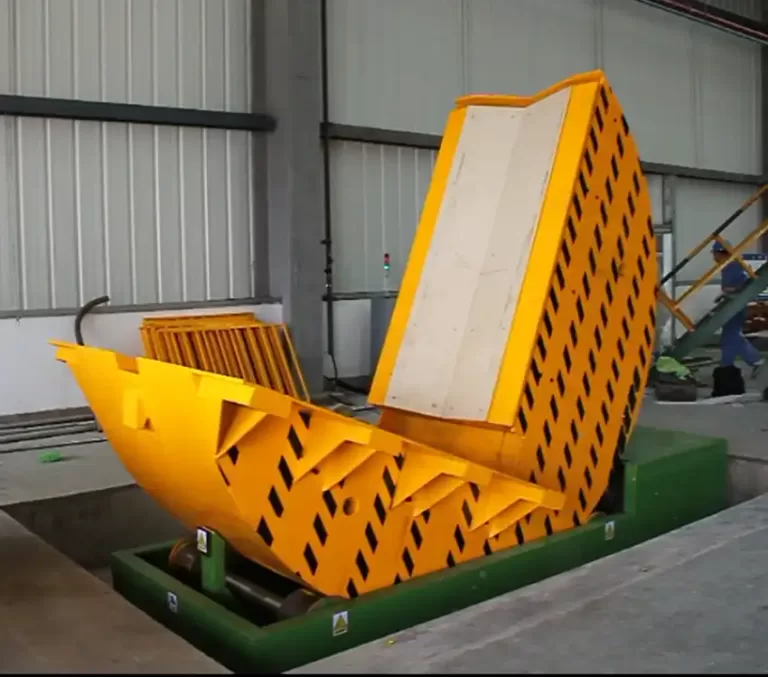
The seamless integration of steel coil upenders in manufacturing operations is more than just a time-saver—it’s a game-changer. As businesses like ours at FHOPEPACK adopt these technologies, we not only gain in productivity but also enhance safety measures. Why sacrifice precious resources when automation offers such a viable alternative? Read on to understand how this equipment could revolutionize your operations.
1. What are steel coil upenders?
Steel coil upenders are vital in modernizing material handling processes. Many operations still struggle with time-consuming manual handling tasks. With these machines, you can transform these processes, safeguard workers, and improve overall efficiency. Waiting for manual adjustments can no longer be justified when this equipment offers a brilliant opportunity for improvement.
Steel coil upenders are machinery designed to rotate steel coils for transportation, storage, or further processing. These machines provide a safe and efficient method to alter the orientation of coils. By doing so, they mitigate risks associated with manual handling and streamline operations. Integrated into production lines, they reduce handling times and improve productivity drastically.
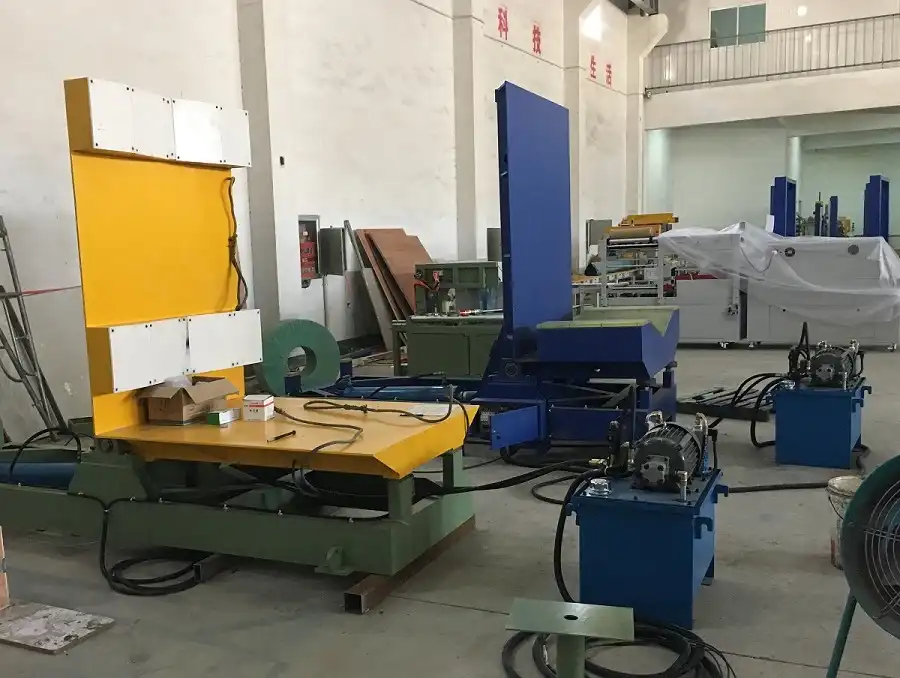
Diving Deeper: Benefits and Key Considerations
In my 40 years of experience, I have seen how critical it is to consider both benefits and limitations when integrating new equipment. Steel coil upenders offer significant advantages but aren’t without their challenges. Let’s break it down:
| Aspect | Benefits | Challenges |
|---|---|---|
| Automation | Reduces manual labor; improves consistency | High initial cost and integration period |
| Safety | Minimized risk of injury | Requires training for operation |
| Efficiency | Faster processing and handling times | Maintenance and technical support needed |
Automation remains the pinnacle benefit, refining processes once considered cumbersome. Yet, I’ve learned that upfront costs and the learning curve can be hurdles. It’s crucial for operations managers to weigh these factors. However, with proper training and support, these barriers soon diminish, yielding a streamlined, efficient, and safer workplace. Imagine a production floor buzzing with automated energy, where steel coils shift seamlessly. That’s not just a dream; it’s a tangible outcome with steel coil upenders.
2. How do steel coil upenders reduce handling time?
Packing efficiency is a major challenge in the steel industry. With production schedules tightening, reducing handling time is a priority. For professionals working with heavy steel coils, like David, a purchaser in the field, utilizing upenders can significantly cut down this time, streamlining operations and enhancing productivity.
Steel coil upenders are designed to optimize the handling process by efficiently rotating heavy coils, drastically reducing the time needed for positioning. This automation allows for swift transfer and alignment, minimizing manual intervention and errors. The implementation of upenders in your workflow increases throughput, optimizes manpower, and ensures timely delivery, meeting rigorous production timelines.
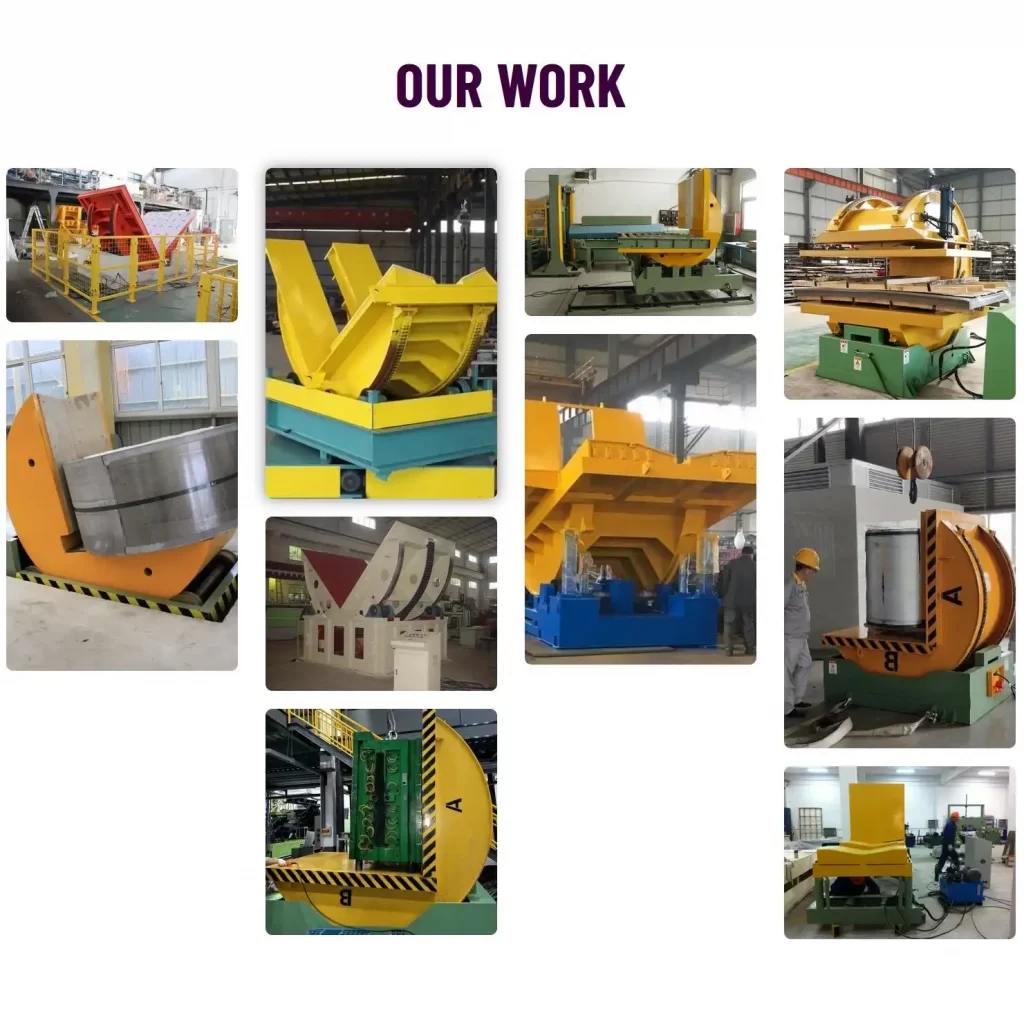
The Mechanics of Time Reduction
Understanding how upenders reduce handling time requires a closer look at their design and function. As a professional with 40 years in the packaging machinery domain, I’ve seen their impact.
| Feature | Impact on Time Reduction | Additional Benefits |
|---|---|---|
| Automated Rotation | Swiftly rotates and aligns coils, reducing manual handling time by up to 50%. | Minimizes risk of injury and product damage |
| Integrated Control | Precise control mechanisms streamline the process, decreasing setup time. | Enhances operational accuracy |
| Optimized Workflow | Reduces bottlenecks by integrating seamlessly with existing systems. | Boosts overall line efficiency |
Automated rotation is the cornerstone of these devices, allowing for precise positioning in a fraction of the time manual operations require. This not only saves time but also reduces physical strain on workers, aligning with modern ergonomic standards.
In addition, integrated control systems make the coil handling process more predictable and safer, which is crucial when dealing with volatile scheduling and high production demands. By removing manual intervention, you create an environment that fosters greater accuracy, reducing errors that can lead to downtime.
Finally, upenders play a pivotal role in optimizing workflows. They streamline coil loading and unloading, enabling workers to focus on higher-value tasks that require human oversight. This shift in manual labor not only increases efficiency but also boosts morale among the workforce.
3. What are the benefits of using upenders in manufacturing?
In the competitive manufacturing landscape, efficiency and safety are paramount. As a seasoned expert in the field, I can attest to the significant role upenders play in improving these aspects. They not only enhance productivity but also ensure a safer working environment—a necessity for folks like David.
Using upenders in manufacturing provides numerous advantages, including improved safety, reduced manual handling, and increased efficiency. They streamline processes by automatically positioning heavy coils, thus minimizing labor costs and physical strain on workers. Additionally, upenders contribute to higher productivity and operational consistency, essential for maintaining industry standards.
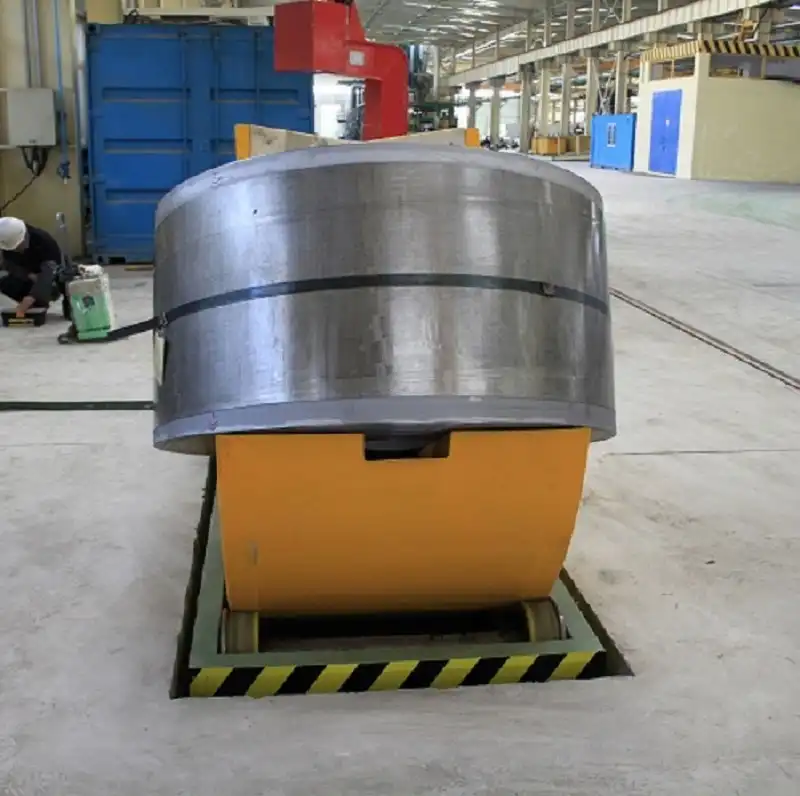
Practical Benefits in Modern Manufacturing
The benefits of using upenders extend beyond basic operational efficiency, playing a crucial role in modern manufacturing dynamics1.
| Advantage | Description | Example in Manufacturing |
|---|---|---|
| Enhanced Safety | Reduces manual lifting, lowering injury risks by 30%. | Ideal for heavy industries like automotive |
| Cost-Effective | Lowers labor costs by automating repetitive tasks2. | Smaller workforce needed for large-scale operations |
| Higher Throughput | Smooth integration increases facility throughput by up to 20%. | Boosts overall production capacity |
The most immediate benefit is safety. Manual handling of heavy coils poses significant risks, leading to higher insurance costs and potential operational disruptions. By automating these tasks, upenders mitigate these risks, aligning with stringent safety regulations.
Cost savings follow closely behind. Although initial investments in upenders can seem steep, the reductions in labor costs and increases in efficiency typically offer a quick return on investment. Automated processes require fewer personnel to achieve the same, if not better, results, allowing companies to reallocate their workforce to more value-added activities.
Finally, increasing throughput3 by integrating upenders into existing systems empowers businesses to meet elevated demand standards without sacrificing product quality. This is essential for industries where quality assurance and timely deliveries are critical to maintaining customer satisfaction and market competitiveness.
Conclusion
Steel coil upenders are crucial in streamlining material handling, offering significant time reductions and enhanced productivity for the manufacturing sector. Their role in improving safety, reducing costs, and increasing throughput demonstrates their indispensable value in modern industrial environments, meeting the complex demands of professionals like David.
Steel coil upenders are crucial in streamlining material handling, offering significant time reductions and enhanced productivity for the manufacturing sector.
-
Exploring the latest trends can provide insights into how upenders and similar technologies are shaping the future of manufacturing.
-
Understanding the impact of automation on efficiency can help businesses optimize their operations and reduce costs.
-
Learning about strategies to increase throughput can help businesses meet demand without compromising on quality.



